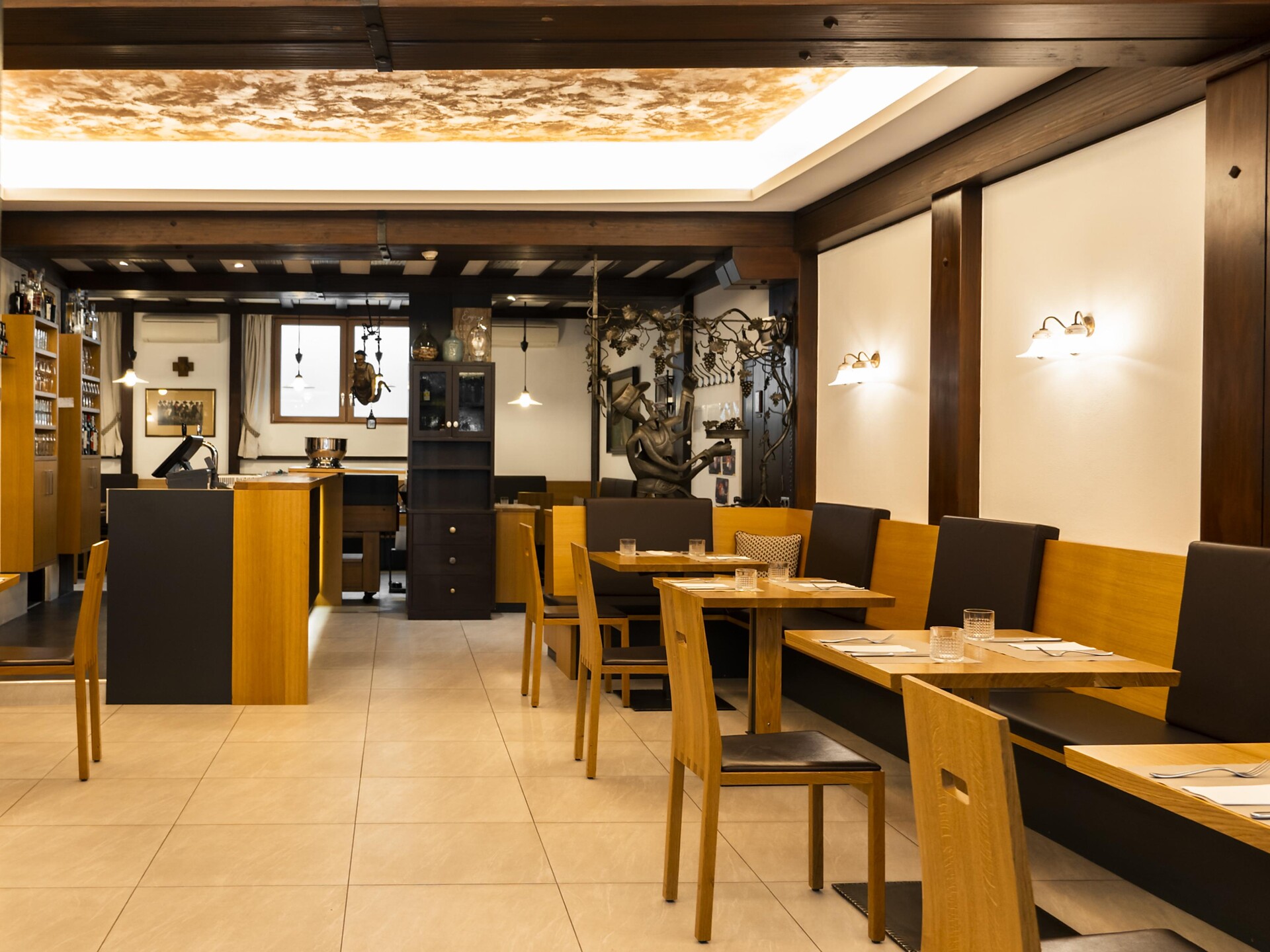Loffererhof Farm and its greenhouses, located behind the old Gries church, were demolished shortly after 1900, and the elementary school and kindergarten were built in 1908. The school was renovated in 1998. A gymnasium was added to this building group in 2002, an independent fourth building that encloses the intermediate schoolyard space. The transparent construction, a steel-and-glass structure, is reminiscent of the Orangerie that was formerly located here. The ball-proof suspended construction of the glass façade makes the building appear transparent and affords views of the old chestnut tree. The cafeteria, a final addition, was completed in 2008, inserted into the narrow space between the street and the old school building underground with a skylight in such a way that the historical building still appears detached.






















































































































